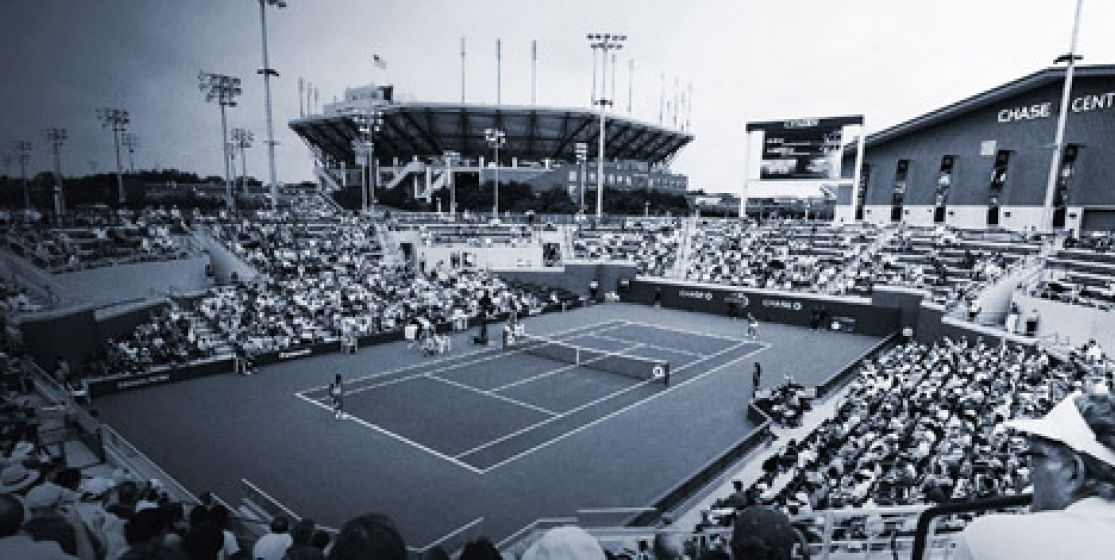New York, United States Championship finals, 1933. Jack Crawford, winner in Australia, Roland Garros and Wimbledon, missed out on the first Grand Slam in history because of... a glass of alcohol taken during the break.
The year 1933 saw the birth of Monopoly, Quincy Jones and Michael Caine, and was also the year when the phrase "Grand Slam" was introduced into tennis lexicon by the Australian tennis player Jack Crawford (1908-1991). A curious man, he would be the last to play in long sleeves and using those old triangular pre-war racquets. Still, that year, Jack swept all before him. Despite a tough semi-final against Wilmer Allison he strolled to victory in his home event in Australia. Then, at Roland Garros, he ended the Musketeers' hegemony. At Wimbledon, his five-set victory in the final against Ellsworth Vines Henry Jr. delighted the press. The journalists even spoke of a masterpiece at the time. The fourth major tournament of the season, Forest Hills (it was only from 1968 that it would be known as the U.S. Open, Editor's note) was his for the taking, without a doubt! Still a cut above the competition in New York, Crawford made his way to the final dropping only two sets, and if he were to win that match against Fred Perry, British tennis player and founder of the clothing brand of the same name, he would become the first man to win all the major events in the same year. So, how could this feat be called? Jack Kieran, journalist at the New York Times, has the idea of stealing a phrase from the vocabulary of bridge. "If Crawford wins, it will amount to achieve a Grand Slam countered and vulnerable." Since then, the expression has stuck. What has been forgotten, however, is how Crawford felt apart in the home stretch... The reason? A glass of cognac. We take up the story…
The Australian “stunned and stumbling” on the court
Back in the 1930’s, cognac was fashionable among tennis players who considered this fruit brandy as a good tonic - a quick and efficient response to little slumps. On the hygiene side, it was an era where nearly anything went: people smoked and drank and no one cared. We remember Suzanne Lenglen’s father throwing a flask to his daughter in the middle of a Wimbledon final to give her a boost, and poor Jean Borotra stumbling onto the central court of Roland Garros, totally unaccustomed to drinking alcohol... The story doesn’t tell if drinking was Crawford’s usual trick but still, the mix of sunshine and distilled grapes made the Aussie falter. Ingested during the 10-minute break at the end of the third set (as the rules allowed back then, Editor's note), the cognac was the turning point of the match. Before that, the world number one was leading two sets to one. Afterwards, he only won one game "Instead of following Perry to the cloakroom to change and get a massage, he went to the stands where his wife was sitting, he lit a cigarette and had this drink which looked suspiciously like some liquor and settled in his clothes all soaked with sweat ". That’s what was written in Tennis & Golf’s report that day. The fourth set lasted ten minutes, the fifth barely any longer. “The Australian seemed stunned, staggering and stumbling around the court, no longer showing the slightest desire to win.” Seen with modern eyes what happened at the end of the game is hard to believe. Yet, what if Crawford had still found the strength to win? If that glass had bucked him up? Would they not be amused, our heroes of the noughties, to find out that the first player to complete a Grand Slam was off his face at the time of the fourth match point?
By Julien Pichené






